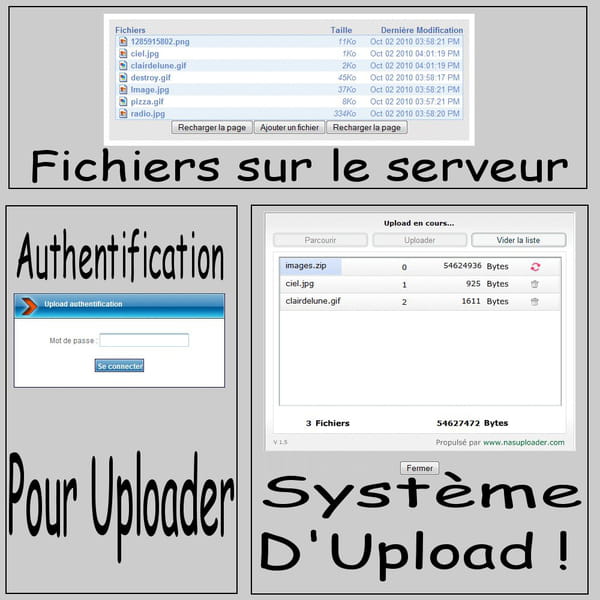
Two related multisubunit tethering complexes promote endolysosomal trafficking in all eukaryotes: Rab5-binding CORVET that was suggested to transform into Rab7-binding HOPS. Parallel programming skills without the need for separate lectures, Themselves (through teamwork) and apply the fundamentals of Furthermore, students can collaboratively learn by Midpoint of the academic program, it can serve as a mini-capstone Having students experience PBL in an early class, close to the
#Free pascal asm db professional
The professional development and success in the workplace. Student’s personal growth in terms soft skills, which is essential in As a sideīenefit, we also show that there is a direct improvement on a

On the student’s growth in parallel programming skills. Incorporating this PBL module has a significant and direct effect Given a Raspberry PI, students will explore its multicoreĪrchitecture and create programs for shared memory parallelism Into 26 diverse groups, with four or five students per group, andĪssigned five project assignments, each of two-weeks duration. In our case study, 124 students are organized This is a core course taken by allĬomputer science majors and is a prerequisite to many of our Parallel programming skills early in the curriculum by developingĪnd incorporating a PBL module into CSc 3210 (Computer The effectiveness of using Project Based Learning (PBL) to teach Another challenge is finding time within already packed It remains a challenge toĭevelop effective techniques for teaching parallel programing Including cell phones, are multicore, it is essential that studentsĭevelop parallel programming skills. In today’s environment, where every computer, Our results comprise a cross-species resource, highlighting transcriptional networks altered by human brain pathophysiology and identifying correspondences with mouse models for AD preclinical studies. Other human coexpression modules, including those implicated in proteostasis, are not activated in AD models but rather following other, unexpected genetic manipulations. Human coexpression modules enriched for neuronal and/or microglial genes broadly overlap with mouse models of AD, Huntington’s disease, amyotrophic lateral sclerosis, and aging. Human-mouse overlaps highlight responses to amyloid versus tau pathology and reveal age- and sex-dependent expression signatures for disease progression.

We next examine overlap with 251 brain differentially expressed gene sets from mouse models of AD and other neurodegenerative disorders. We discover 30 brain coexpression modules from seven regions as the major source of AD transcriptional perturbations. We present a consensus atlas of the human brain transcriptome in Alzheimer’s disease (AD), based on meta-analysis of differential gene expression in 2,114 postmortem samples.


 0 kommentar(er)
0 kommentar(er)
